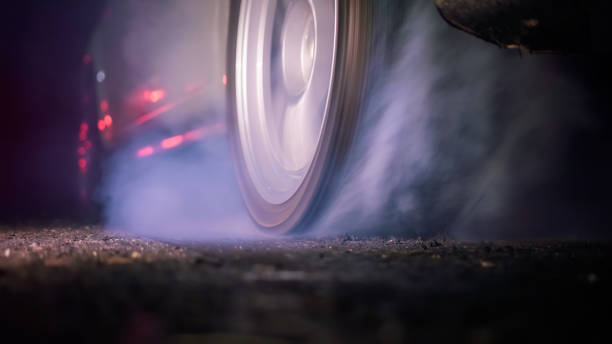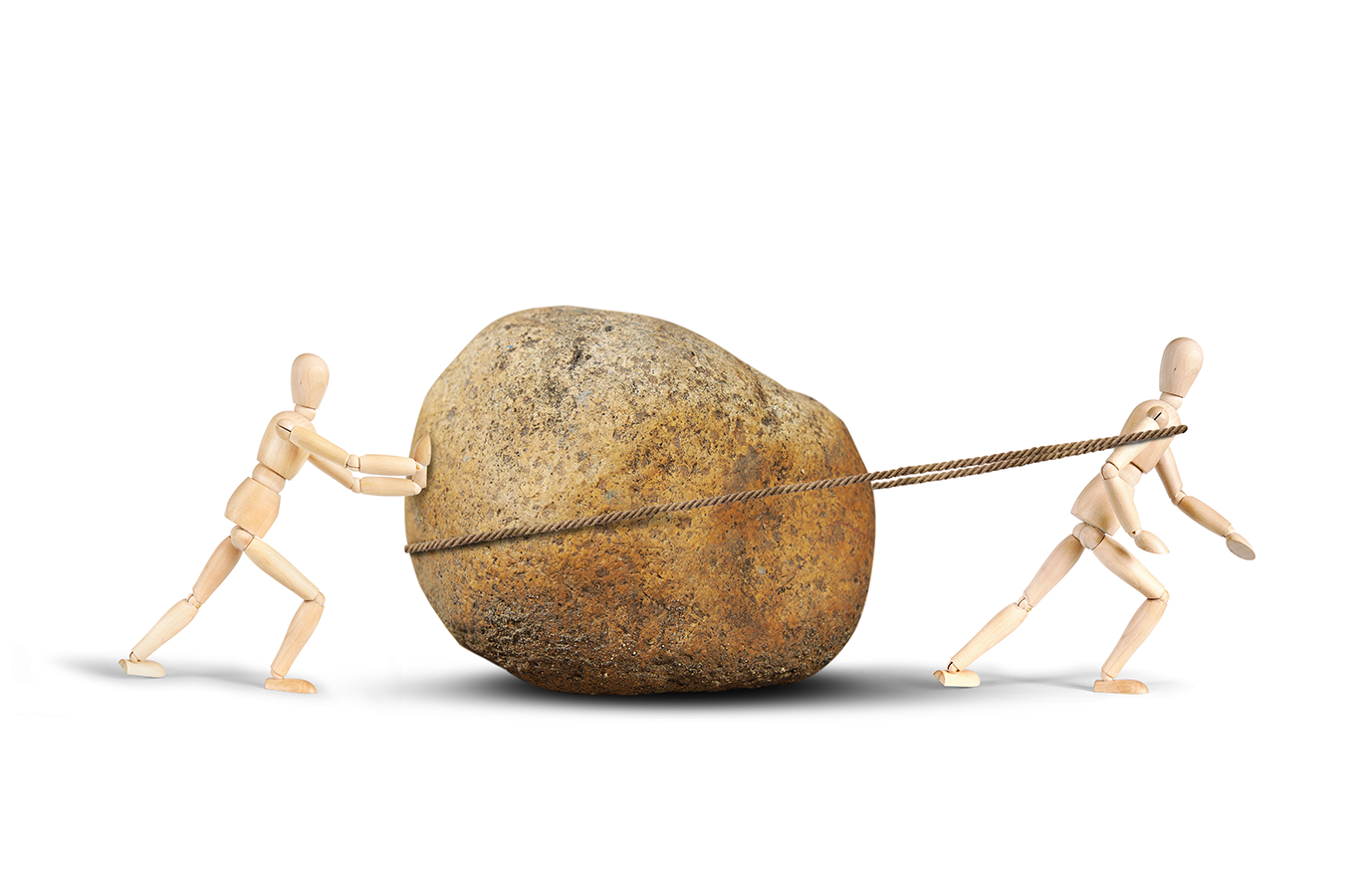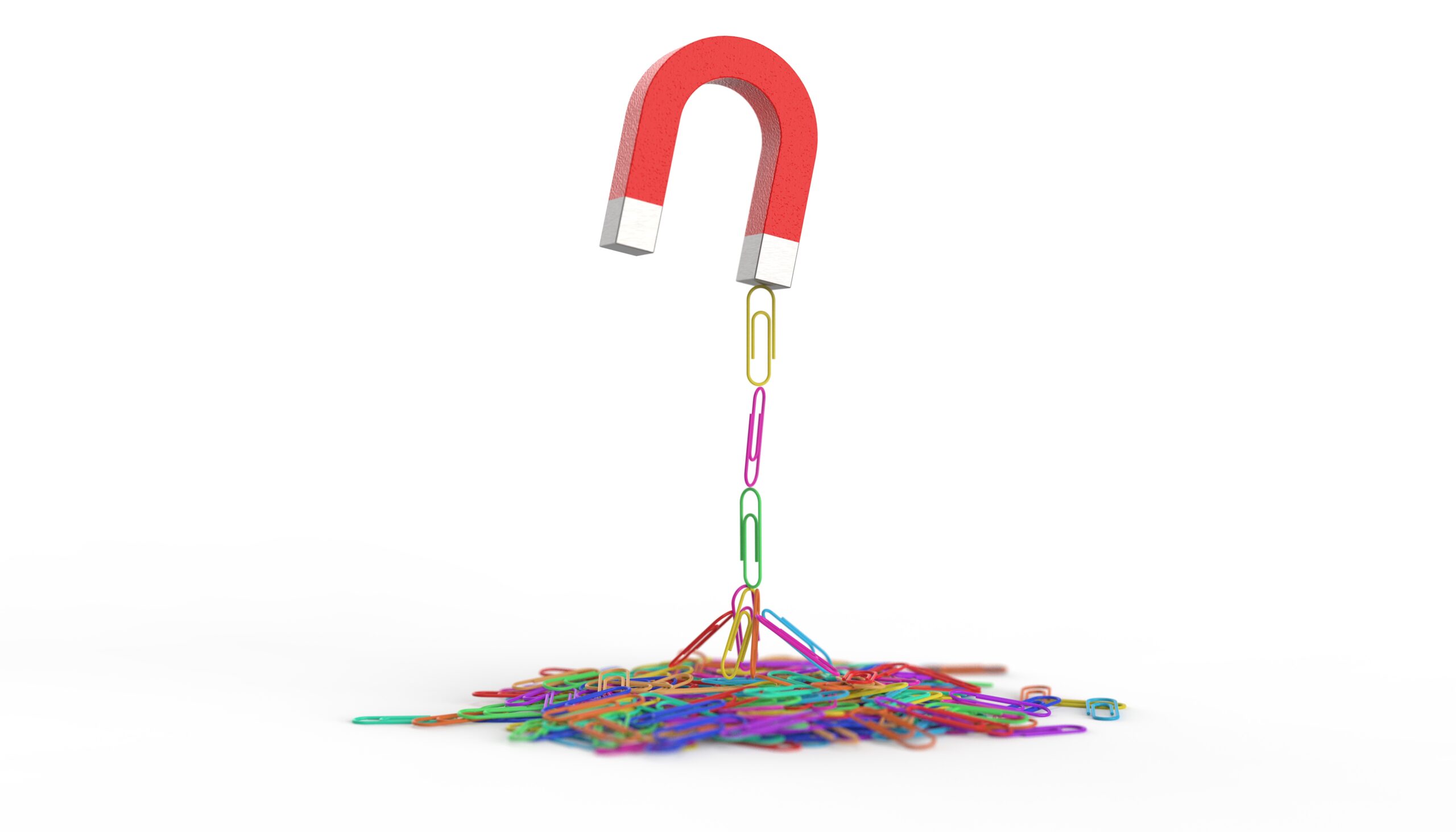Learning objectives
Knowledge
- To interpret how and why things move differently on different surfaces.
Working scientifically
- To plan an investigation using variables.
Success criteria
Knowledge
- I can describe
This content is for subscribers only. Join for access today.
National curriculum
Science
Forces and
This content is for subscribers only. Join for access today.
Cross-curricular links
Mathematics
Measurement
Pupils should be
This content is for subscribers only. Join for access today.
Before the lesson
This content is for subscribers only. Join for access today.
Lesson plan
Recap and recall
Display the Presentation: Is friction useful? Select some pupils to drag and drop the images under the correct headings to identify whether given scenarios show friction as being useful or not useful. Reveal the answers and discuss any errors made.
This content is for subscribers only. Join for access today.
Extended-mode explainer videos
How to extend your display to view the lesson page and preseantion mode simultaneously. Choose your operating system below to watch the video
If you need further support with extending your display,
please contact [email protected].
Extended-mode explainer video: For Mac
Extended-mode explainer video: For Windows
Adaptive teaching
Pupils needing extra support
Could watch the Pupil video: Investigating friction method to help them follow the method; could mark where their car stopped with chalk and make comparisons instead of measuring and recording distance.
Pupils working at greater depth
Should gather repeat data; could discuss why is it useful to do the test more than once (so that you can spot results that are wrong) and if any of their results were wrong (no, the results for each material were very similar or yes, one of the results was very different from the rest); should complete the Activity: Hiking boot design (extension) and apply their learning to design an effective hiking boot; could choose an extension activity relating to friction from the Resource: Stretch and challenge: Forces and magnets.
This content is for subscribers only. Join for access today.
Assessing progress and understanding
Pupils with secure understanding indicated by: describing and comparing how
This content is for subscribers only. Join for access today.
Knowledge outcomes
- I can explain that rough surfaces have more bumps than smooth surfaces; therefore, they have more points of contact between them.
- I can explain that the more points of contact between surfaces, the more friction is created.
- I can explain that the more friction there is, the shorter the distance a toy car will travel because friction is a force that causes moving objects to slow down and eventually stop.
- I can define a variable as something that can change and cause an effect.
This content is for subscribers only. Join for access today.
Vocabulary definitions
-
variable
Something that can change and cause an effect.
This content is for subscribers only. Join for access today.





